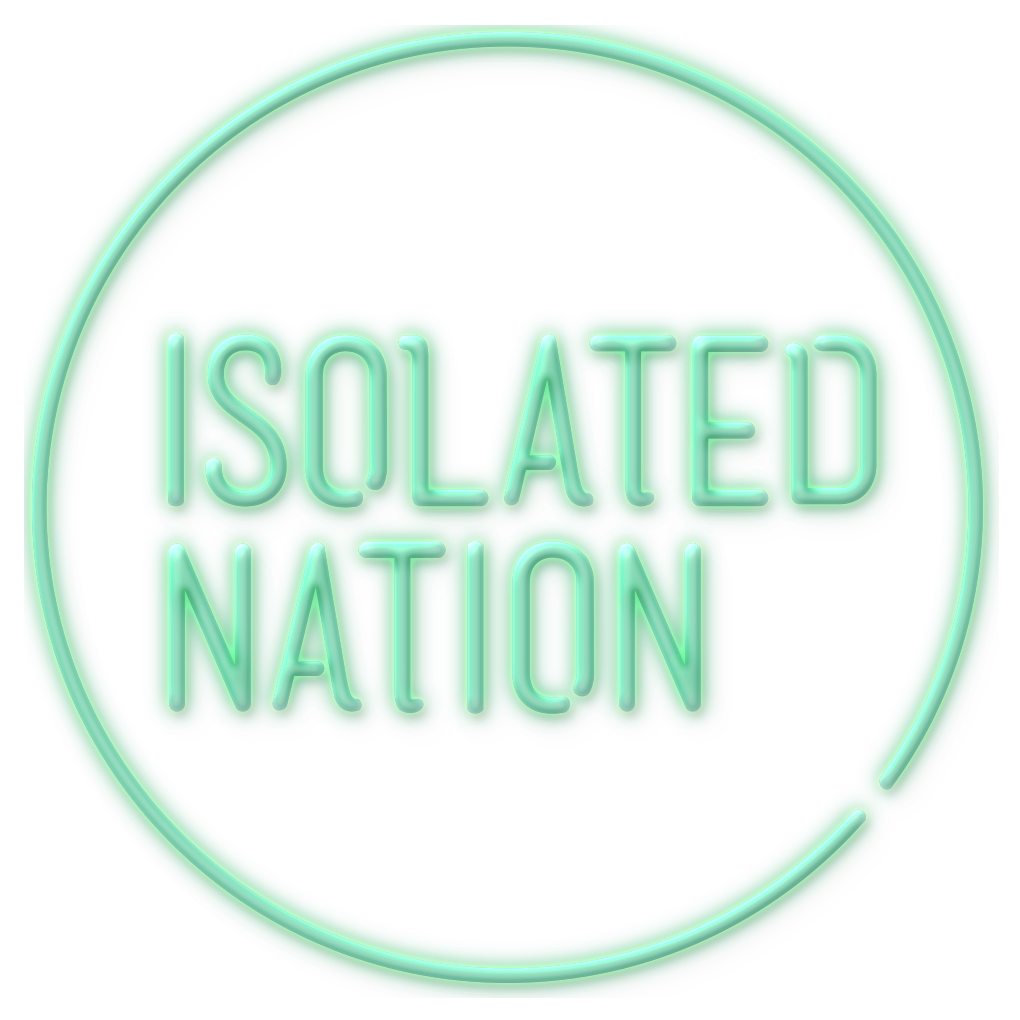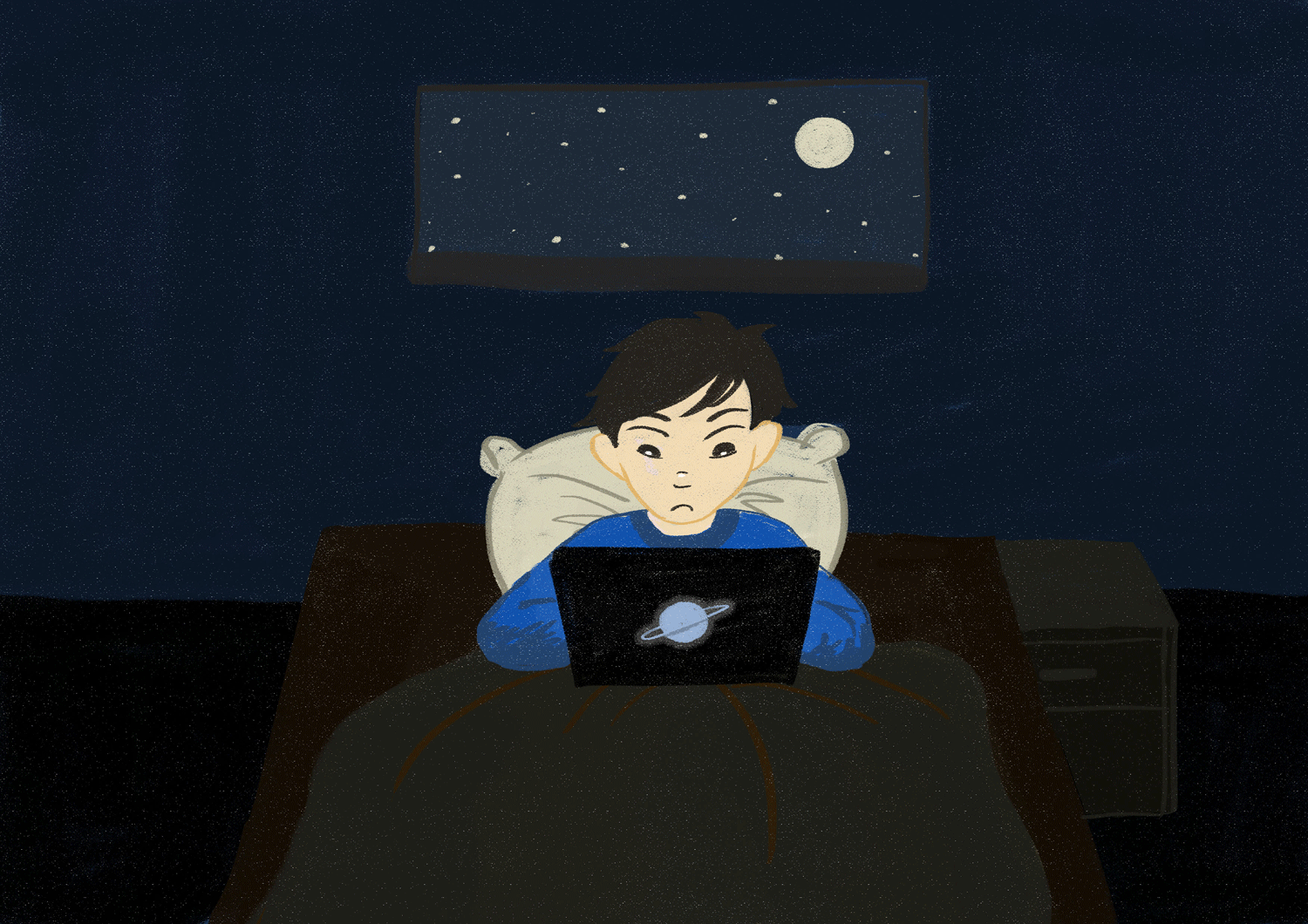This article will keep you up at night: How blue light affects your brain and sleep
As you read this article, countless high-energy particles slam into your retinas, directly altering the chemistry of your brain, both rapidly and long-term. One single particle is all it takes to contort chemical skeletons, setting off a chain reaction that results in a cascade of a thousand signalling molecules and an electrical impulse racing into your brain.
There is no cause for concern: this is just how vision works. The evolutionary miracle that is your eyes are currently converting thousands of photons - travelling at the speed of light - into chemical signals. Your brain is interpreting these signals as images, deducing meaning, and constructing lasting memories. As mind-bogglingly amazing this information super-highway is, it is not invulnerable to hacking. The screen you are reading from is backlit by LEDs: red, blue, and green. One of those colours, in particular, could be disrupting your sleep, causing you to be grumpy, unproductive and a bad driver to boot.
You may have noticed your own circadian rhythm. At the beginning of the day, body temperature increases, melatonin production is delayed and blood pressure goes up. As the sun sets, these processes reverse, promoting sleep. Our biological clocks allow us to adapt to the cycle of night and day, thereby linking the rotation of the earth to the internal functions in our bodies. Circadian rhythms have been found in critters from elephants to algae, and are especially evident in plants like sunflowers, which open during the day to collect sunlight and close to grow at night.
Deep Dive: How exactly do our eyes affect the way we sleep?
In humans, circadian rhythms are driven by genetics. While individual organs can run on slightly different time, the suprachiasmatic nucleus (SCN) cells in the brain's hypothalamus act as the master clock that cells all over the body can set their time by. Instead of building a clock from cogs and gears, SCN cells build a clock using genes and proteins. Proteins are three-dimensional blobs, and act as the machinery of a cell. A gene is the instructions needed to produce a given protein, encoded using DNA. A gene and the protein it makes often share the same name, but can be differentiated because the gene will be written in italics (PER) and the protein will not (PER).
Here’s how that master clock works:
Inside the nucleus of an SCN cell, proteins CLOCK and BMAL1 bind to DNA and promote the transcription and translation of the genes CRY and PER (Fig. 1A). When translated into protein, CRY & PER block CLOCK & BMAL from binding to DNA, halting CRY/PER production (Fig. 1B).
Over time, the CRY/PER proteins degrade and decrease in number, until there is none left to stop CLOCK/BMAL1 from binding to DNA (Fig. 1C). When they do bind, the cycle begins anew, producing PER/CRY to block CLOCK/BMAL1 again (Fig. 1A).
This feedback loop takes roughly 24 hours to complete a single cycle, and differs between people due to genetic variation. The cycle is slightly shorter for early-risers, and slightly longer for night-owls. Genetic differences between people in their PER genes may also change how they respond to blue light. For discovering this biochemical mechanism, three researchers Jeffery C. Hall, Michael Rosbash and Michael W. Young were jointly awarded the 2017 Nobel Prize in Physiology or Medicine.
Seeing Blue: How our environment influences our sleep cycles
As it turns out, even your master clock can be adjusted by outside influences, like light and temperature. This adaptability is what allows for us to adjust when travelling to new time zones, although the adjustment period can be rough. This is where the symptoms of jet-lag set in, as the "clocks" throughout your body reset to the new environment's rhythm. Drowsiness, lack of productivity and irritability are symptoms shared between bad sleep and jet-lag – and for good reason. From your body's perspective, an extreme version of daylight savings has occurred. The signals from the environment and the expectations from your brain clash as you experience bright blue skies in the evening and darkness during the day. Of all the colours of the rainbow, it is the distinctive blue light of daytime sky that we have evolved to interpret as an indicator of time.
Most people's eyes perceive light using three types of cone cells, each dedicated to detecting either red, blue, or green light; as well as rod cells for identifying shapes in low light conditions. You might expect that the physiological responses to blue light would be through detection by the blue cone cell. However, this is not the case. In a 1995 study, visually impaired test subjects were shown to adapt to the day/night cycle as any sighted person would despite being unable to consciously perceive light at all. This discovery suggested a yet-undiscovered clock-setting mechanism in the human body that may not be directly related to our ability to see. In the year 2000, a fifth photoreceptor was identified as being sensitive to blue light, but not contributing to vision. These retinal ganglion cells, or just RGCs for short, project from the back of the eye into the SCN cells of the hypothalamus. Scientists had discovered a physical bridge between environmental blue light and the biological master clock.
Subsequent studies have shown that exposure to blue light causes an increase in the expression of PER genes in the SCN master clock. This can be a normal and healthy way for the clock to stay synchronised with the environment. For example, a typical “wake up at 7am” person begins their exposure to light in the morning. At 12pm-3pm their PER expression peaks, and their melatonin is the lowest it will be for the day. The trouble begins when blue light exposure occurs after sunset, indicating to your brain that the day is just beginning, and it should reduce melatonin production, increase alertness and quicken heart rate.
Blue Mirror: How do computer or phone screens affect our sleep?
Browsing news feeds, watching videos, and playing games are relaxing, and many of us use these activities to wind down at the end of the day. Unfortunately, it is these tranquillising tablets, phones, e-readers and laptops that are shrinking our sleep, and affecting the quality of rest that we manage to achieve. The screens in your devices use a combination of red, green and blue LEDs to produce vibrant and engaging multi-coloured images, but it’s those pesky blue LEDs that will confuse your master clocks and disrupt your restful sleep.
So what can you do about it? Ideally, not looking at bright sources of blue light two hours before going to bed will contribute to a more restful sleep. Staring at blue light in a dark room is especially detrimental to sleep regulation, so turn on some ambient light over no light at all. Choose warm light bulbs over cold, especially in your bedroom. If you want to get more hardcore, buy some blue-light blocking filters in the form of screen protectors or glasses.
If you're looking to compromise, programs such as Twilight or f.lux adjust the colour balance of your phone or laptop screen to match the sky outside, removing blue light as the day comes to an end. Finally, find yourself an old-fashioned paper book. Make it a good one, and keep it next to your bed. Your brain will thank you for it.
Rest easy!
References
Suppression of melatonin secretion in some blind patients by exposure to bright light. (1995)
Some functionally blind people are still able to set melatonin production to a day/night cycle, despite being unable to consciously perceive any light.
doi: http://dx.doi.org/10.1056/NEJM199501053320102
A Novel Human Opsin in the Inner Retina (2000)
First identification of melanopsin-containing retinal ganglion cells
paper: http://www.jneurosci.org/content/20/2/600
Phototransduction by retinal ganglion cells that set the circadian clock (2002)
The suprachiasmatic nucleus (SCN) in the hypothalamus is connected to non-rod non-cone light photoreceptors in the eye.
doi: http://dx.doi.org/10.1126/science.1067262
High sensitivity of human melatonin, alertness, thermoregulation, and heart rate to short wavelength light. (2005)
Blue light is more stimulating than green or red light.
doi: http://dx.doi.org/10.1210/jc.2004-0957
Human Melatonin and Alerting Response to Blue-Enriched Light Depend on a Polymorphism in the Clock Gene PER3 (2012)
People with homozygous Per3 5/5 gene are more sensitive to the alerting and meletonin supressing properties of blue light.
doi: http://dx.doi.org/10.1210/jc.2011-2391
Acute exposure to evening blue-enriched light impacts on human sleep (2013)
Blue light elicits direct effects on human melatonin production, alertness and cognitive performance via non-image-forming photoreceptors.
Exposure to blue-enriched light, especially in low light room conditions, impacted sleep regulation (reduced frontal slow wave activity in the first stage of REM sleep).
doi: http://dx.doi.org/10.1111/jsr.12050
Current understanding of signal amplification in phototransduction (2014)
Cascade signal amplification of rhodopsin activation by a single photon.
doi: http://dx.doi.org/10.4161/cl.29390
Evening use of light-emitting eReaders negatively affects sleep, circadian timing, and next-morning alertness (2014)
Use of portable electronic devices before sleep can impact on performance and health.
doi: http://dx.doi.org/10.1073/pnas.141849011








